
“Access to books and the encouragement of the habit of reading: these two things are the first and most necessary steps in education and librarians, teachers and parents all over the country know it. It is our children’s right and it is also our best hope and their best hope for the future.” –Michael Morpurgo
* * *
I’ve spent the better part of my writing time in 2025 writing and publishing Middle Grade novels, and Sue Coletta’s recent TKZ post on Writing for Children inspired me to share some of the things I’ve learned.
I asked my good friend and TKZ contributor emeritus Dr. Steve Hooley to help me. I had interviewed Steve on my blog earlier this year about his Middle Grade Fantasy series, The Mad River Magic Series. Steve’s thoughts about writing for the 8-12 year old level were so insightful, I asked his permission to quote from that interview and from later email exchanges. So here are some thoughts about Middle Grade books from both of us.
WHAT CONSTITUTES MIDDLE GRADE?
Steve:
Most authors define “middle grade fiction” as being written for ages 8 – 12 (third grade through sixth grade), and containing no sexual content or realistic violence. I think that another way to look at it is the intelligence and information processing skills of the reader. “Children” of this age are reaching the age where they can understand adult logic and reasoning. And they are not yet filled with the adolescent hormone-driven physical and sexual attraction that is found in young adult material, and that clouds their thinking.
They differ from books for younger readers in that they are more like adult books, longer, with plot and structure. And they differ from books for YA and adult in that they usually contain no profanity, sex, or overt violence.
Kay:
I like what Steve had to say about adult logic and reasoning. In my books, the two main characters solve mysteries by looking at things from multiple points of view. I believe this introduction to analytical logic and critical thinking skills will serve young readers well. (And I know Garry Rodgers will like that.)
WHY WRITE MIDDLE GRADE?
Steve:
In my opinion, the age group of readers of middle grade books is in the innocent age of transition to adulthood. This permits the reader to learn principles from the book that will prepare them for their adult life. And it gives the author a unique opportunity to present material which the reader can evaluate and consider regarding choices for their adult life.
Kay:
I had included two young girls, 10-year-old Reen and her 9-year-old cousin Joanie, in my third mystery novel, Time After Tyme. The girls were very popular with readers, and several people encouraged me to give them their own series. Although I hesitated for months while I worked on another novel, the idea of writing books that would contribute to a child’s intellectual growth appealed to me. I decided to try to create an entertaining story that would have traces of problem-solving, teamwork, fair play, and persistence without preaching.
HOW MANY WORDS?
Steve commented on my blog that most of his Mad River Magic books are around 80K words, so I would put those books in the Older MG category.
Each of my books is around 30K words, so I think younger readers can handle the straightforward plotting and limited number of characters.
WHAT GENRES ARE ACCEPTABLE?
As we mentioned above, Steve’s books are in the Fantasy genre; mine are mysteries, but according to a recent post on Jenny Bowman’s site, MG books can cover a wide range of genres. She mentions mystery, fantasy, adventure, historical fiction, and even the re-telling of classic stories like Les Miserables.
In place of a romance genre, best friends and strong relationships are appropriate. And MG kids love to laugh, so humor is always welcome in Middle Grade fiction.
FINAL THOUGHTS
Steve included these thoughts in a recent email
- The name of genre (Middle Grade) makes no sense. It is not Middle “School” age.
- The wide discrepancy of reading skills in that age group. Some are reading adult books by the end of “middle grade”. Others (according to recent testing) are reading very poorly.
- Should there be two genres, a boys’ and a girls’ genre? Girls are always asking for romance by the 7th and 8th grade. While boys want adventure without all the icky girl stuff. (ex. Nancy Drew series vs. Hardy Boys)
- Marketing is difficult, unless you are trad published. Teachers want to recommend books that have won awards to their students.
- At that age, most readers are not buying their own books.
- At that age, readers can’t leave reviews on Amazon.
- Contact with students for beta reading must be handled with care. The best is to find a gifted and talented coordinator who will be the intermediary, because most teachers don’t have the time or the interest.
* * *
So TKZers: Have you written any Middle Grade Fiction? Have you read any MG novels? What are your thoughts about writing for children?
* * *
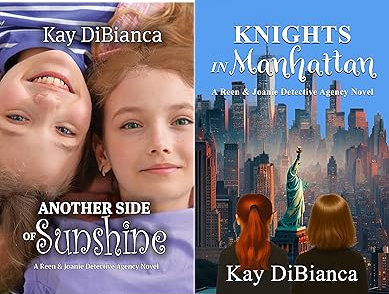 Whether they’re searching for hidden treasure in Bellevue or chasing tricky thieves through famous landmarks in Manhattan, Reen & Joanie are up to the job. Join the girls and make the world a better place.
Whether they’re searching for hidden treasure in Bellevue or chasing tricky thieves through famous landmarks in Manhattan, Reen & Joanie are up to the job. Join the girls and make the world a better place.
Click the image to go to the Amazon series page.
* * *
A hero on crutches, flying barrel carts, Indian magic, and a glow-in-the-dark magic pond, Bolt and the Mad River Magic gang have it all, living in the enchanted forest with their grandparents and practicing light magic.
Click on the image to go to the Amazon series page.

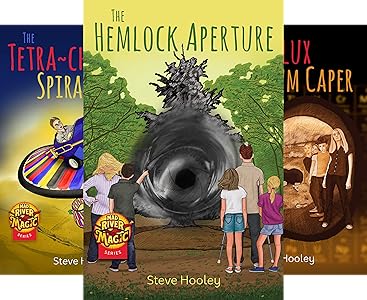




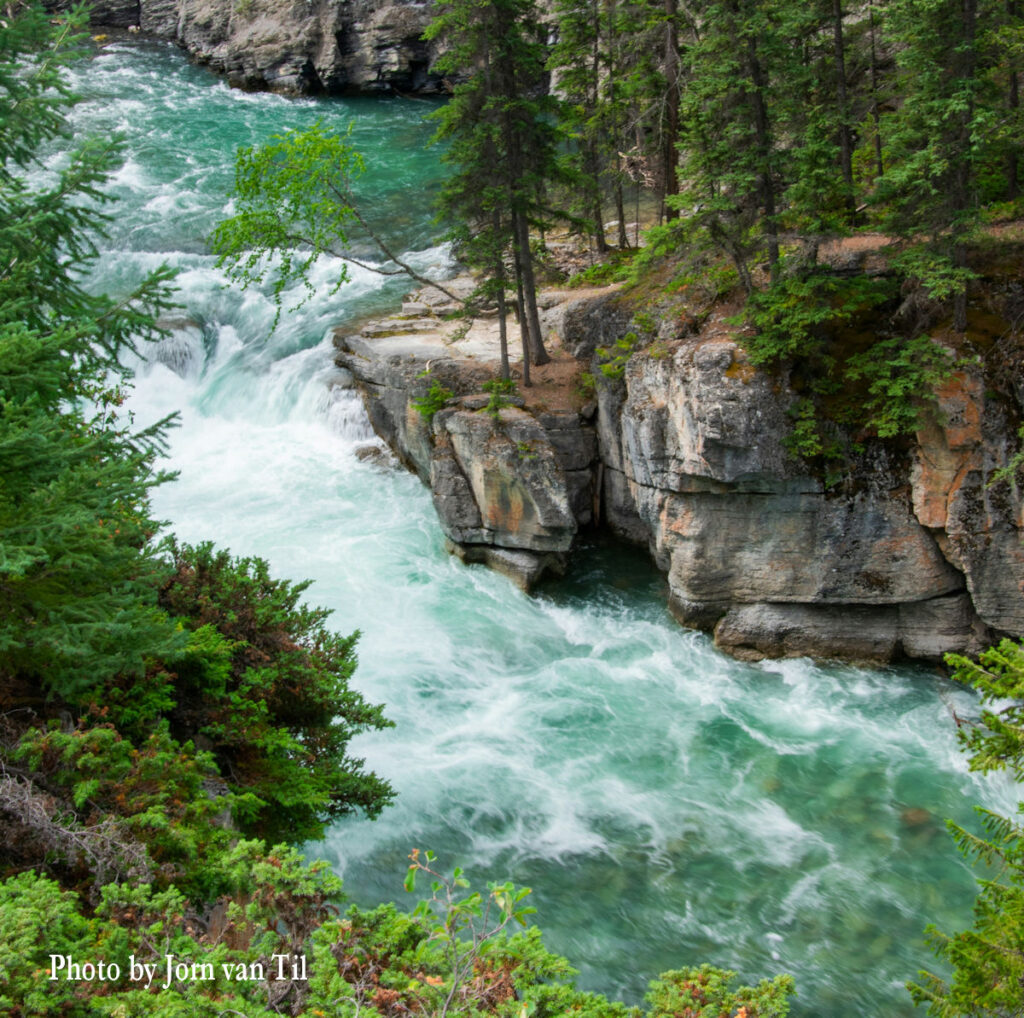


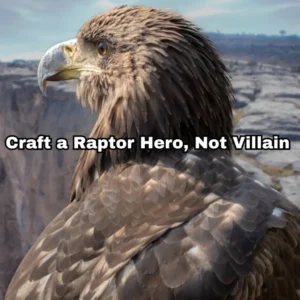 Raptors are some of the most successful predators on the planet. From owls, eagles, and vultures to hawks, falcons, and other birds of prey, raptors are skilled hunters with incredible senses,
Raptors are some of the most successful predators on the planet. From owls, eagles, and vultures to hawks, falcons, and other birds of prey, raptors are skilled hunters with incredible senses, 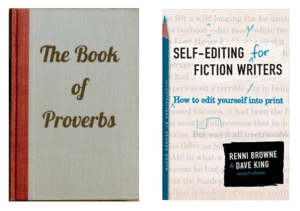



 I stumbled across the subject of The Backwards Law by accident—a happy accident that led me to The Subtle Art of Not Giving a F*ck. Excellent book that I devoured in two sittings.
I stumbled across the subject of The Backwards Law by accident—a happy accident that led me to The Subtle Art of Not Giving a F*ck. Excellent book that I devoured in two sittings.